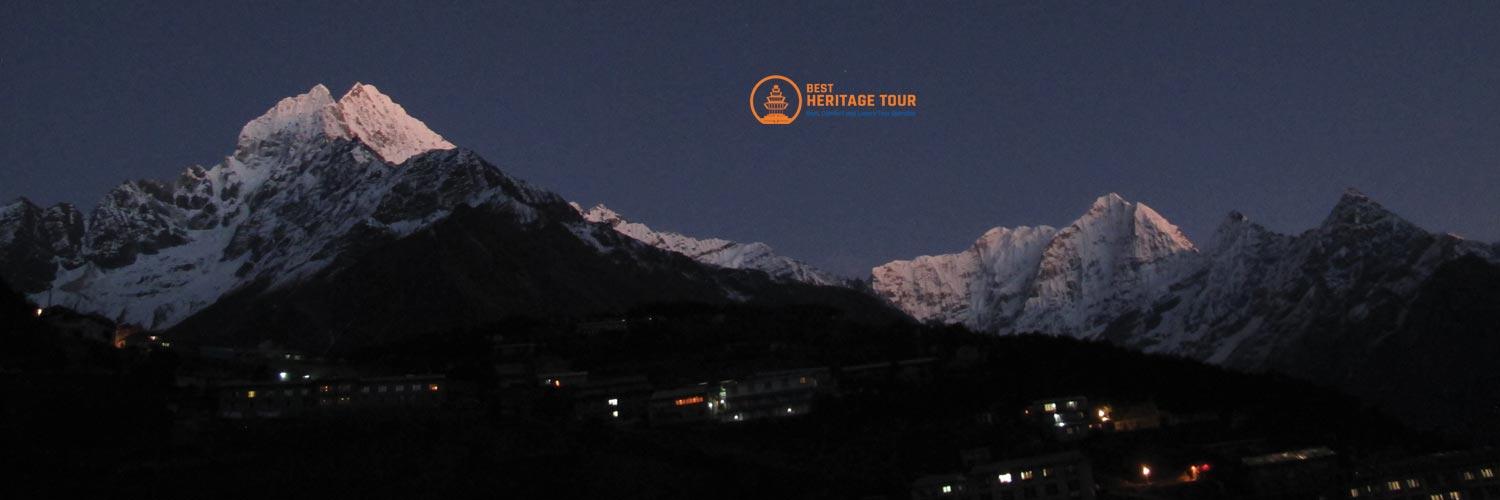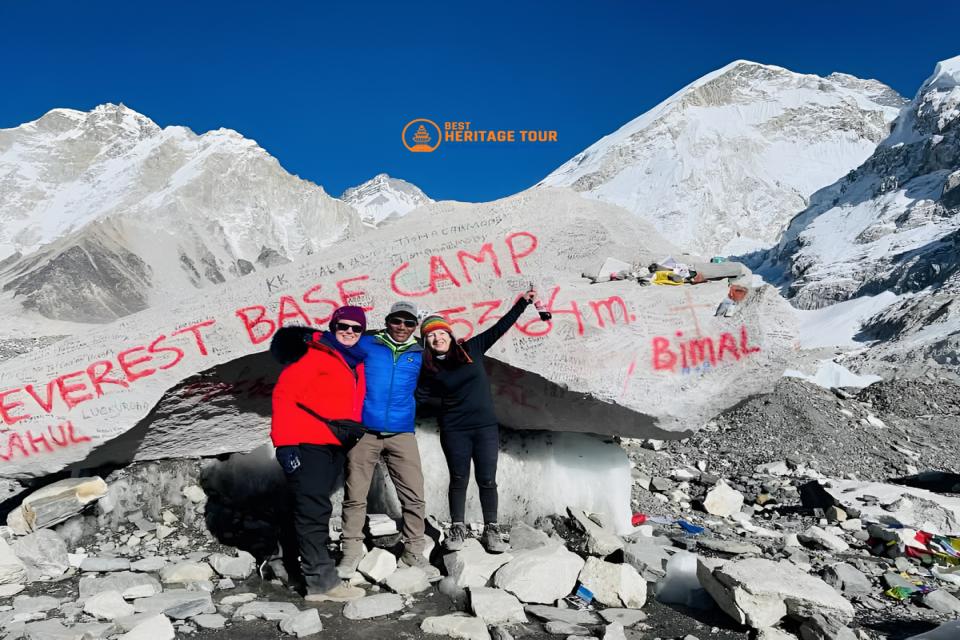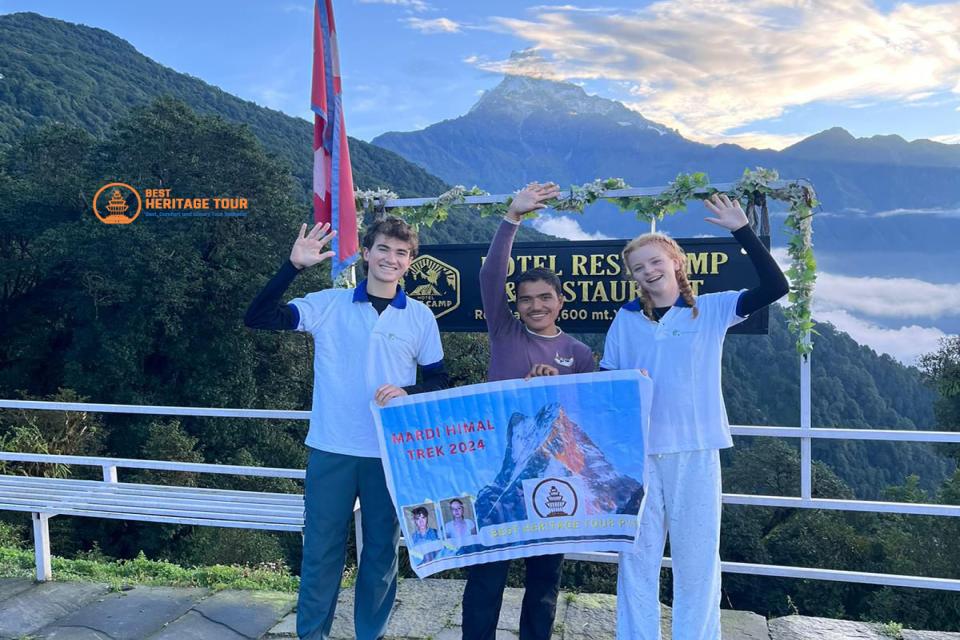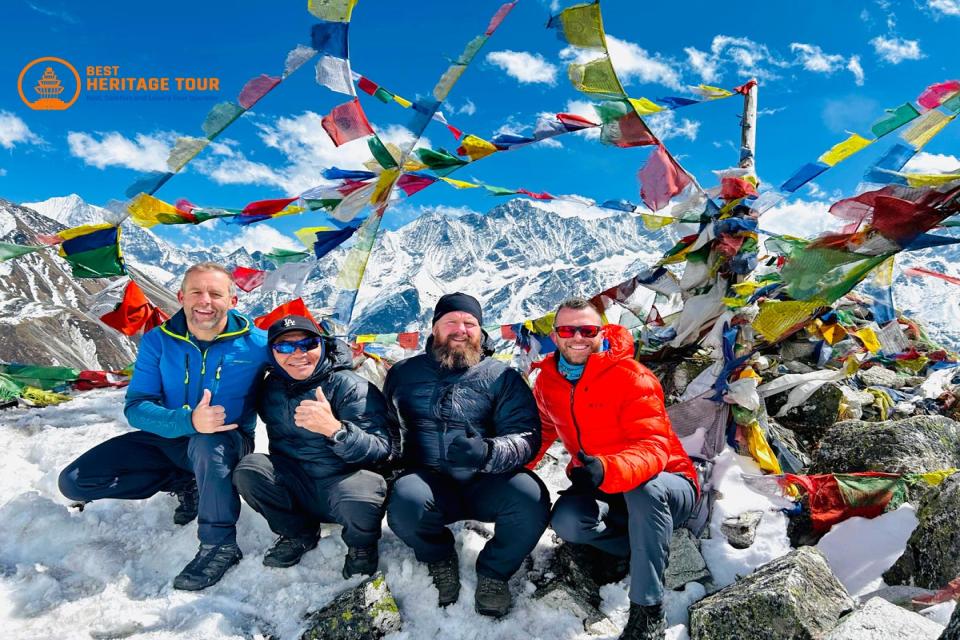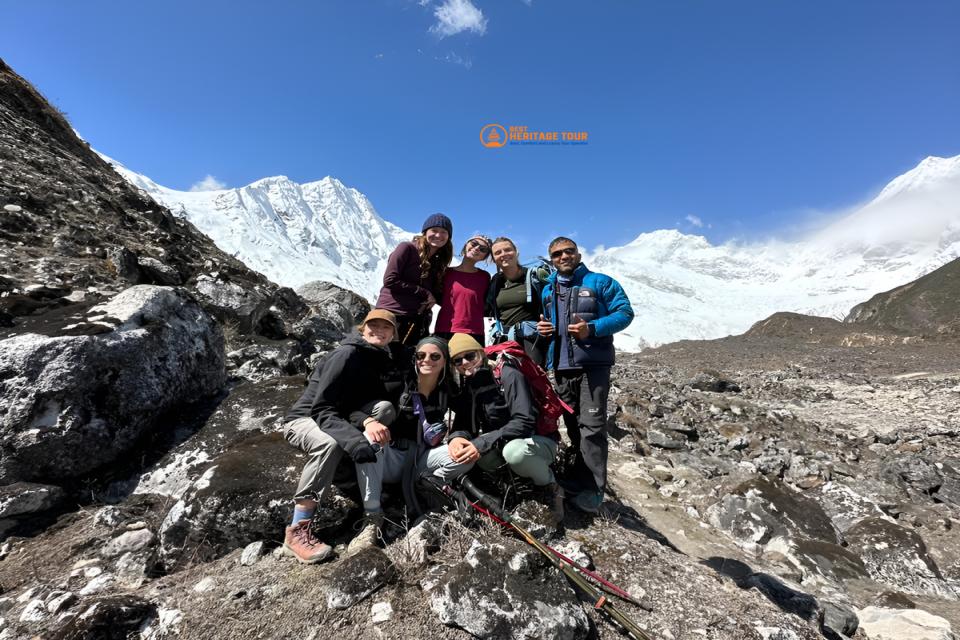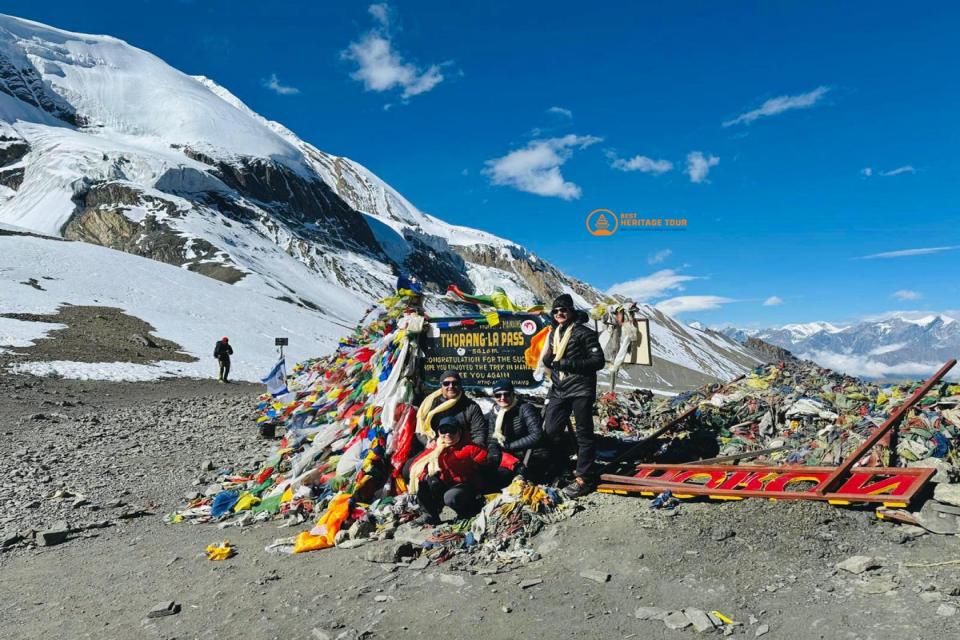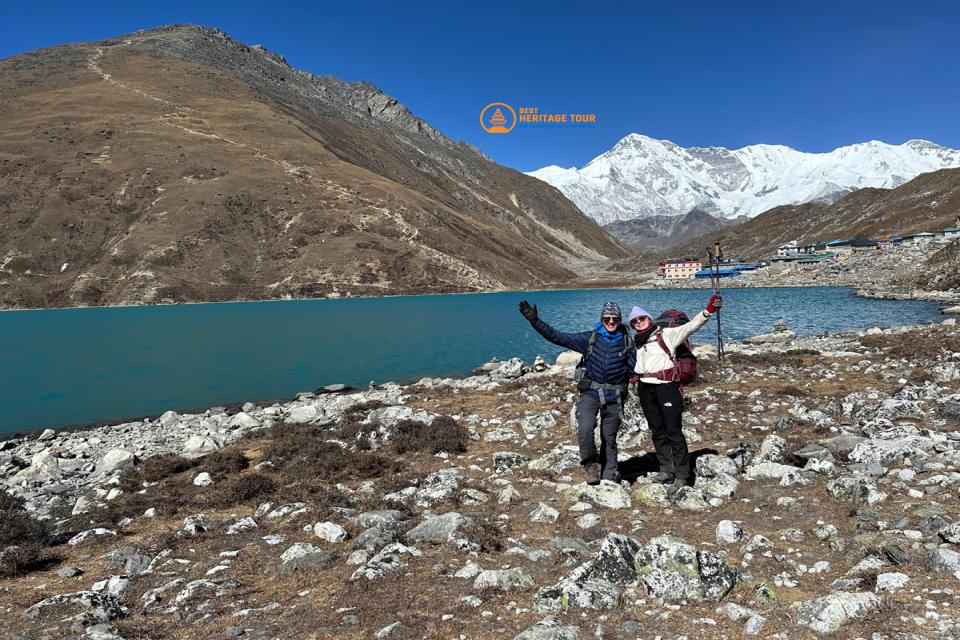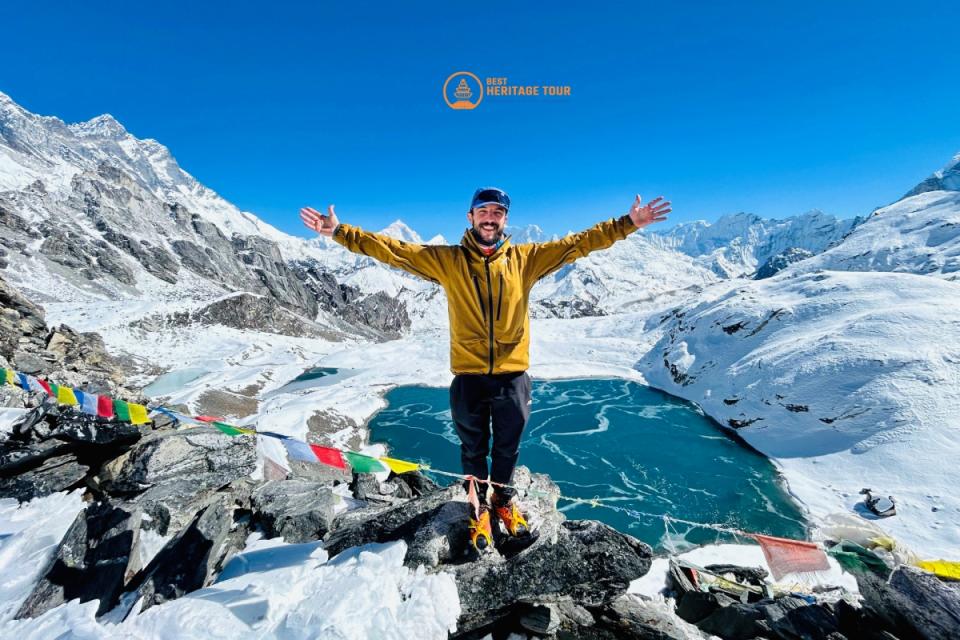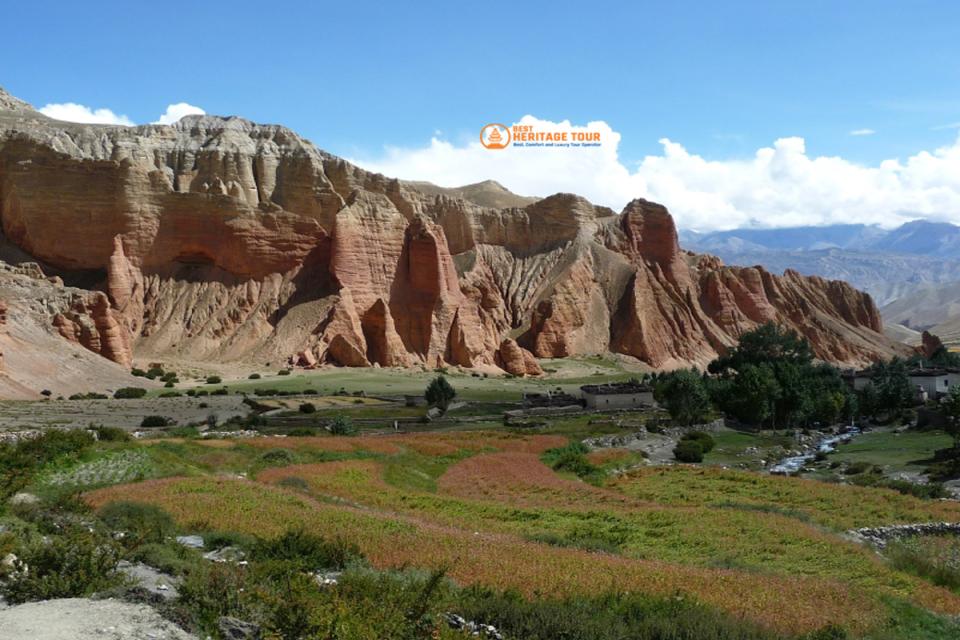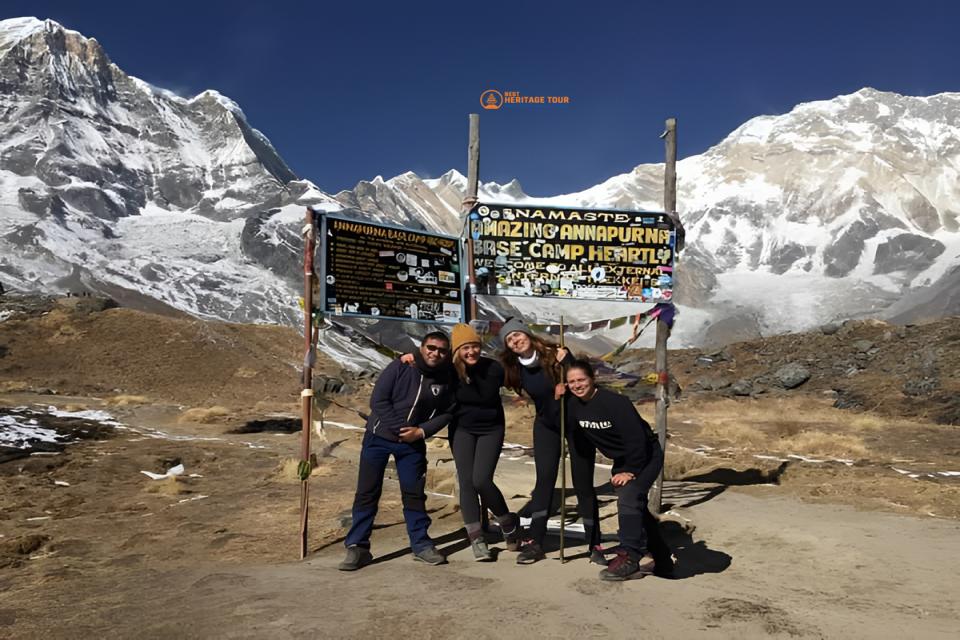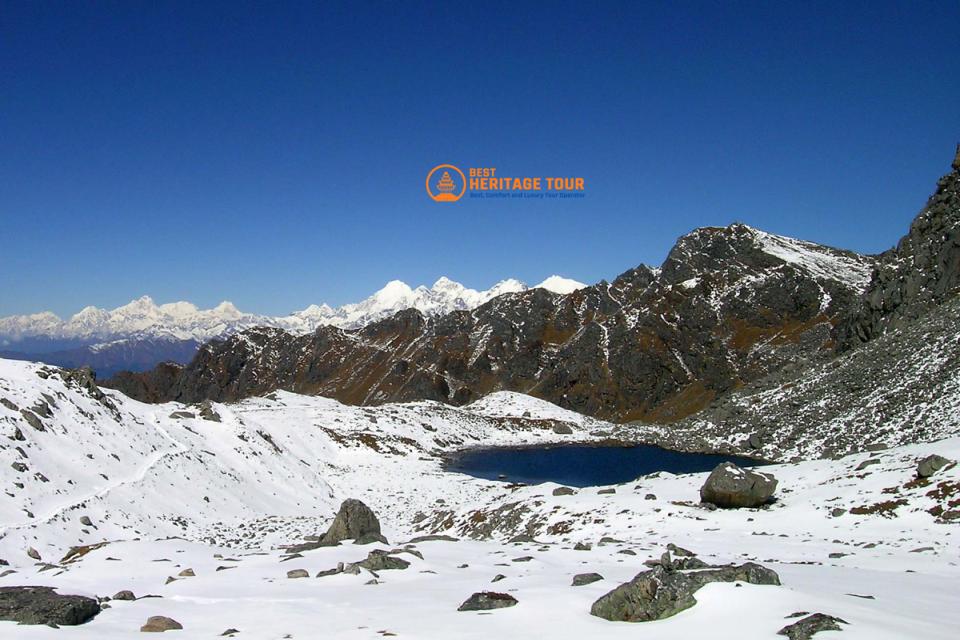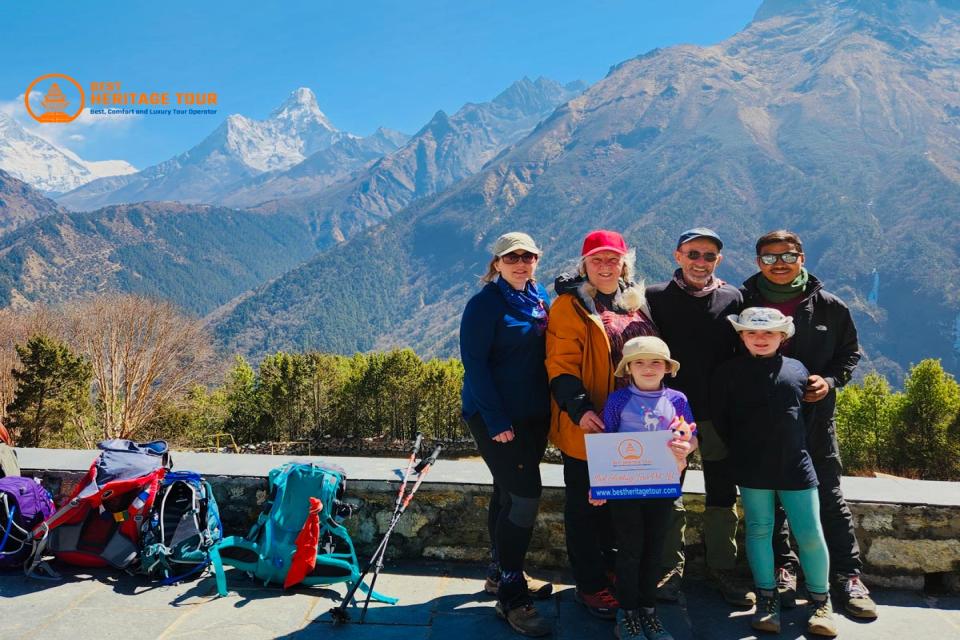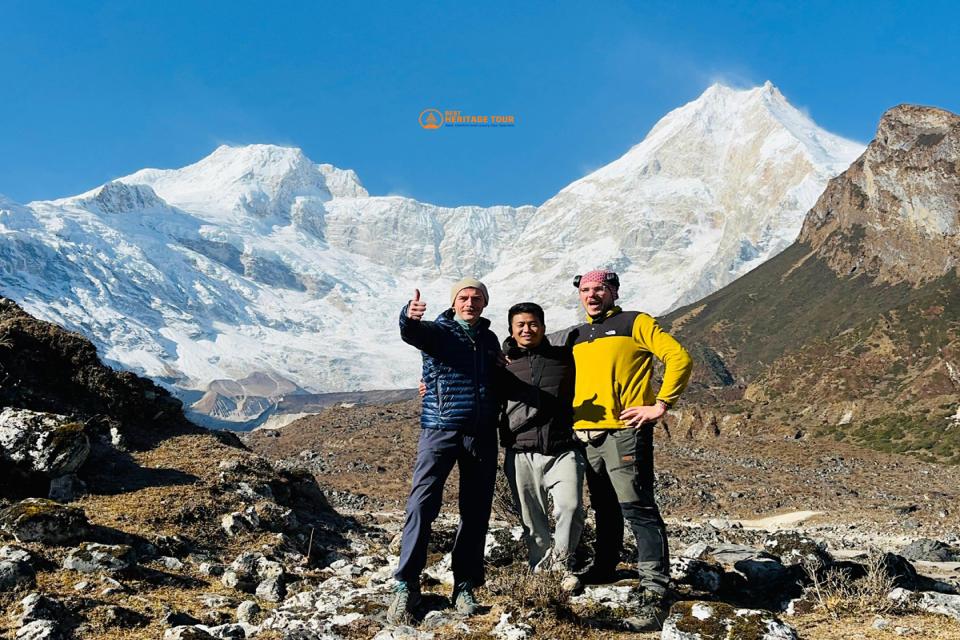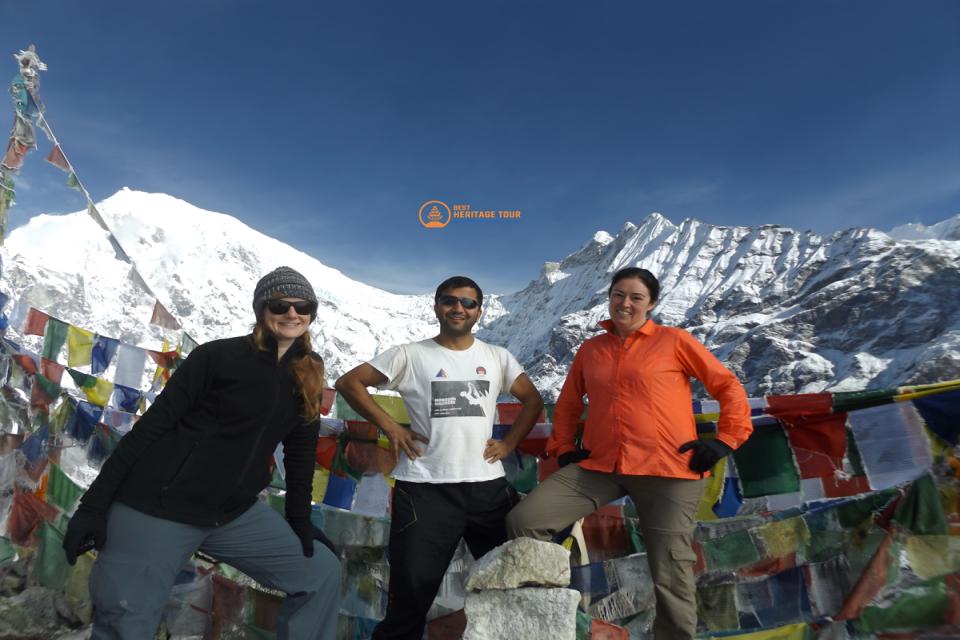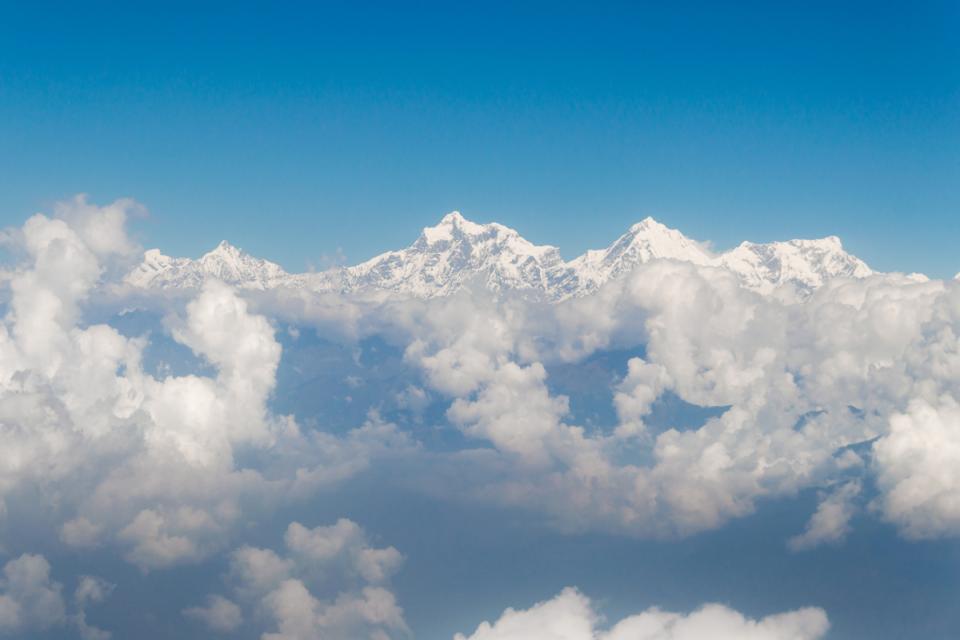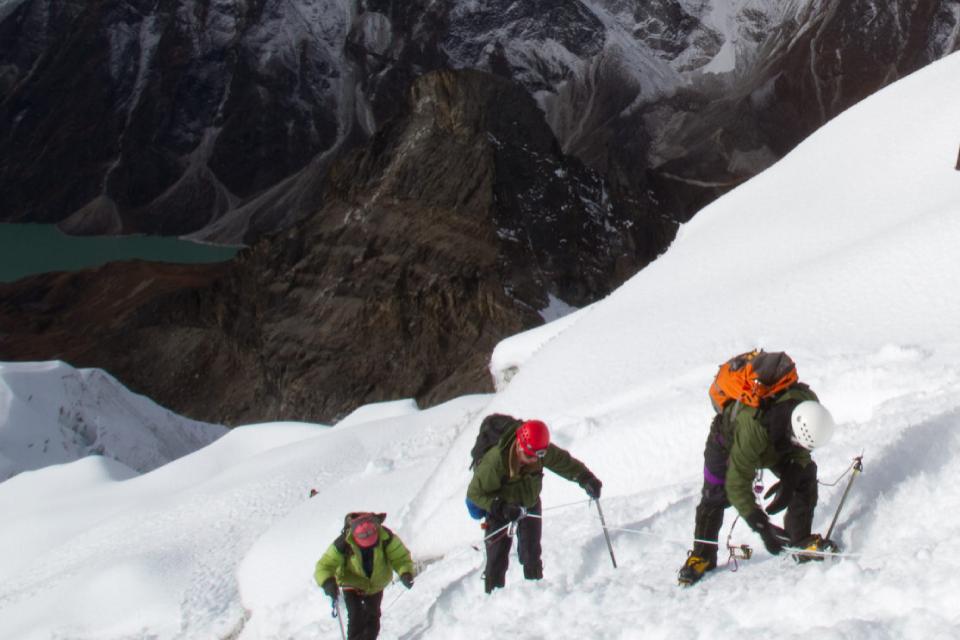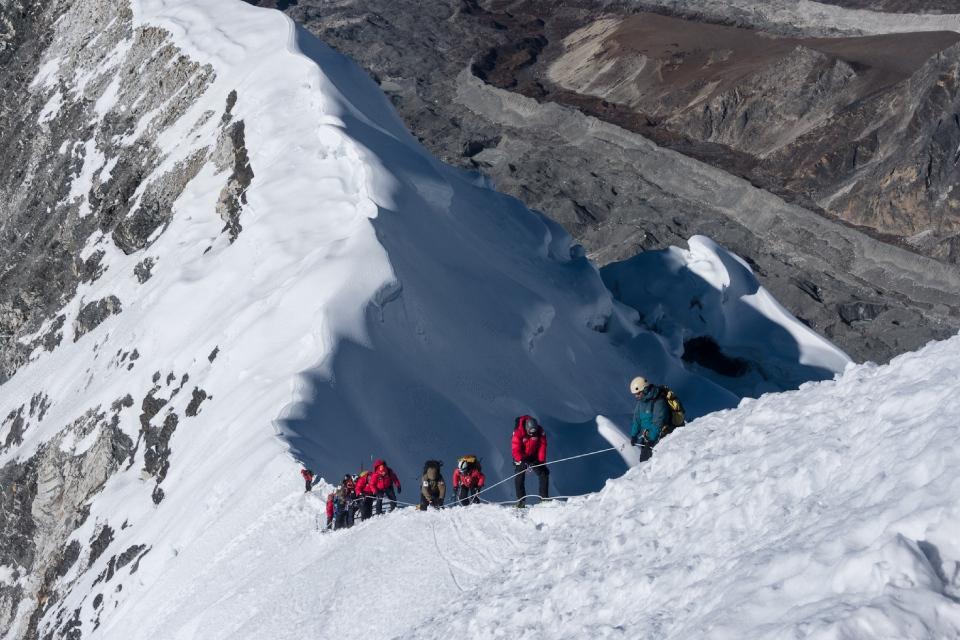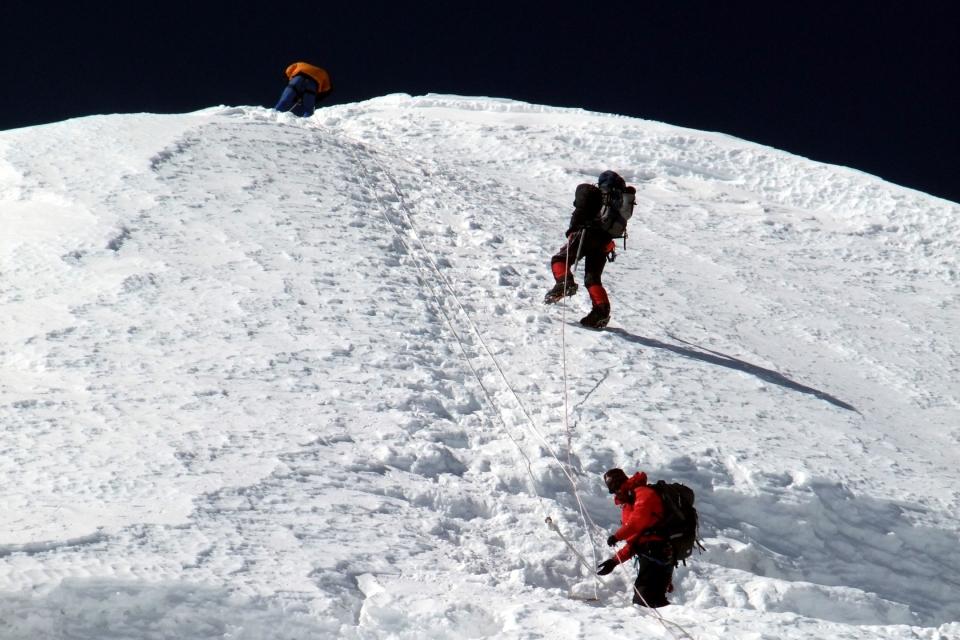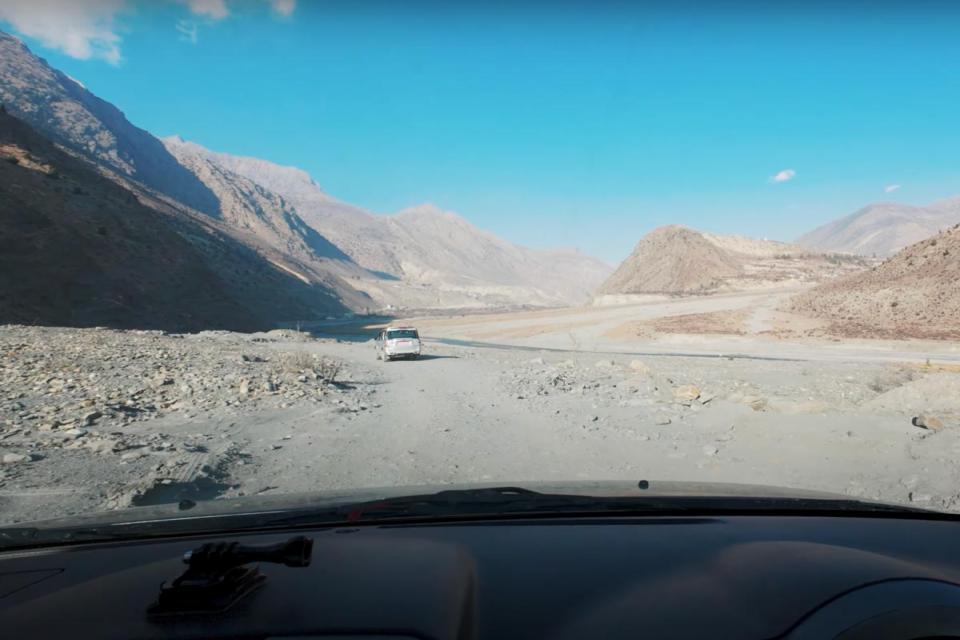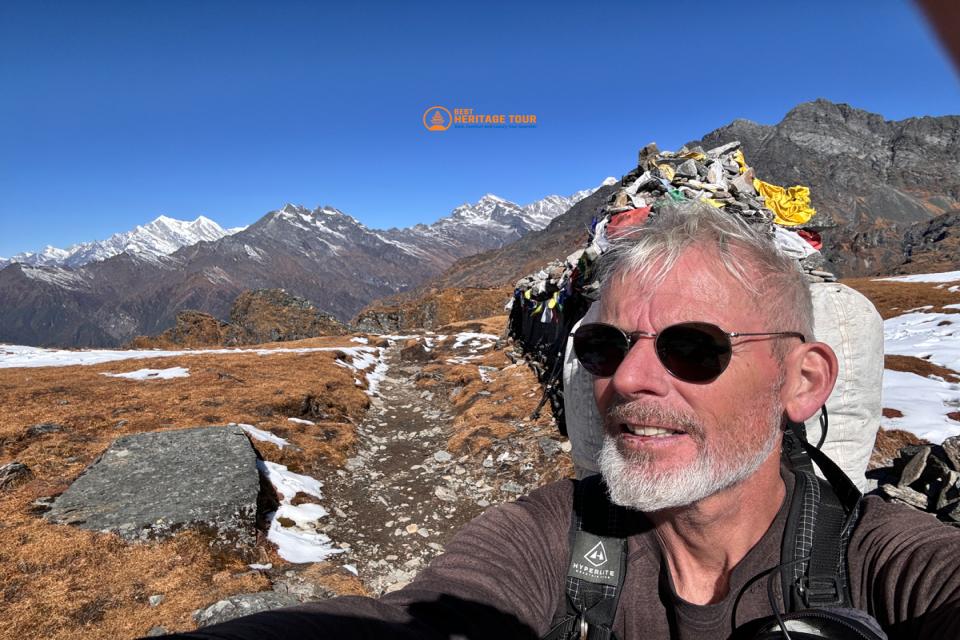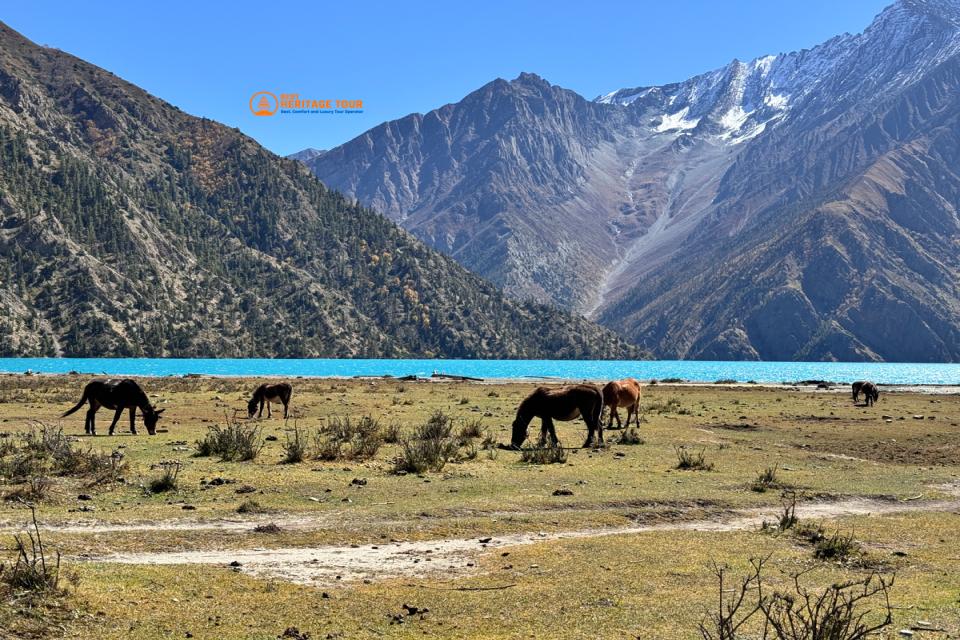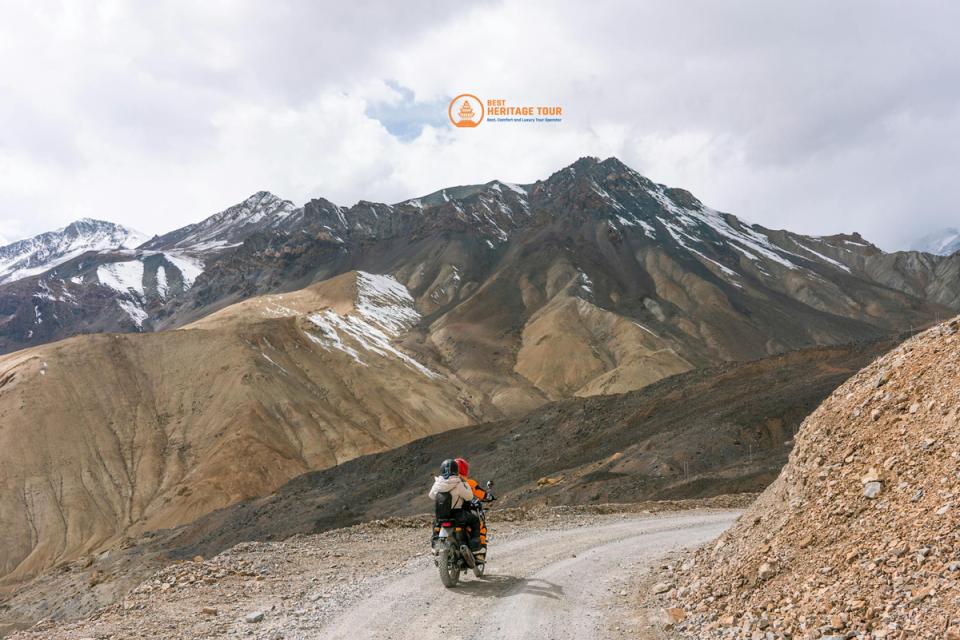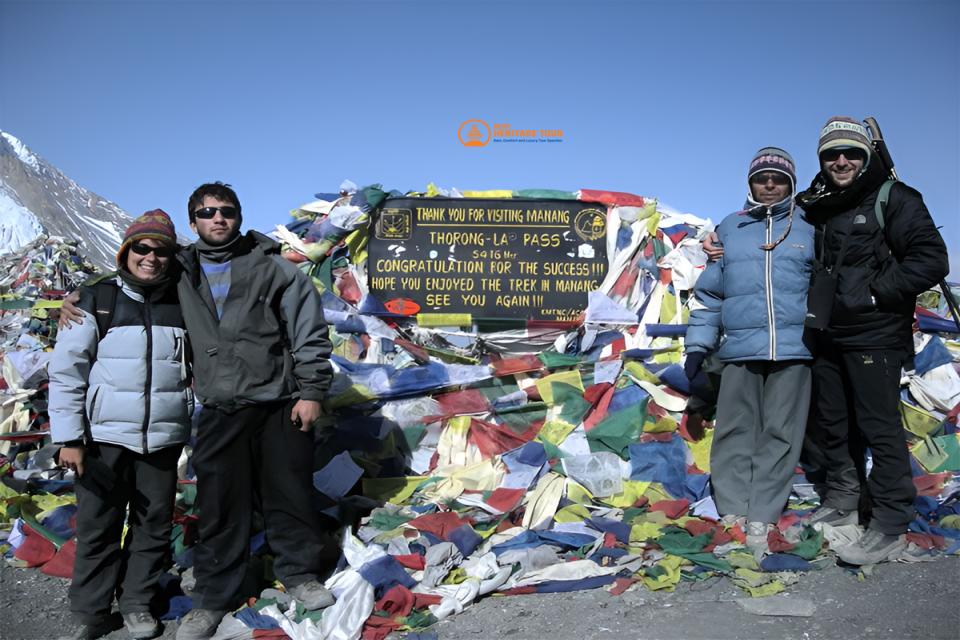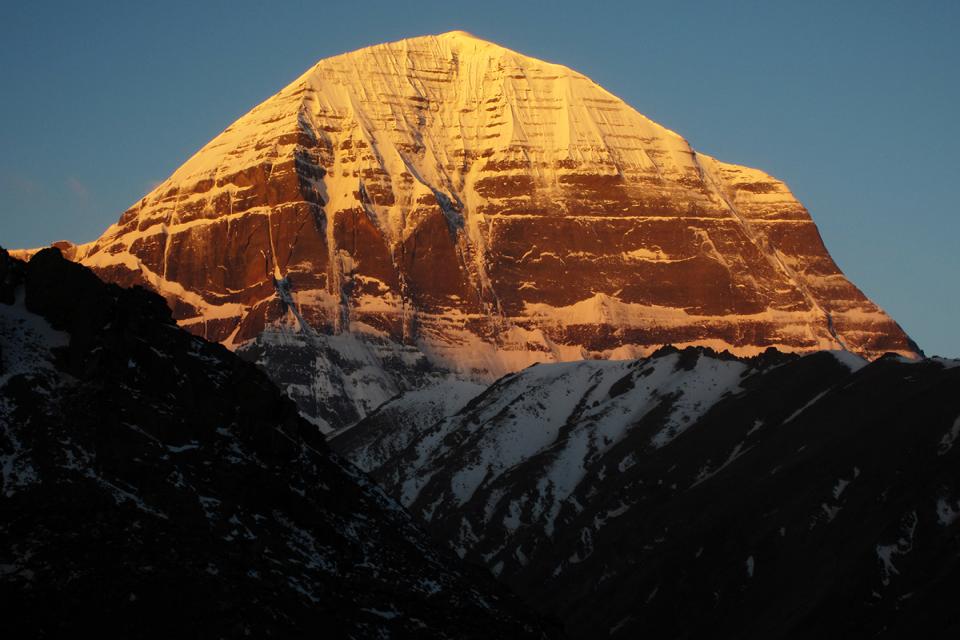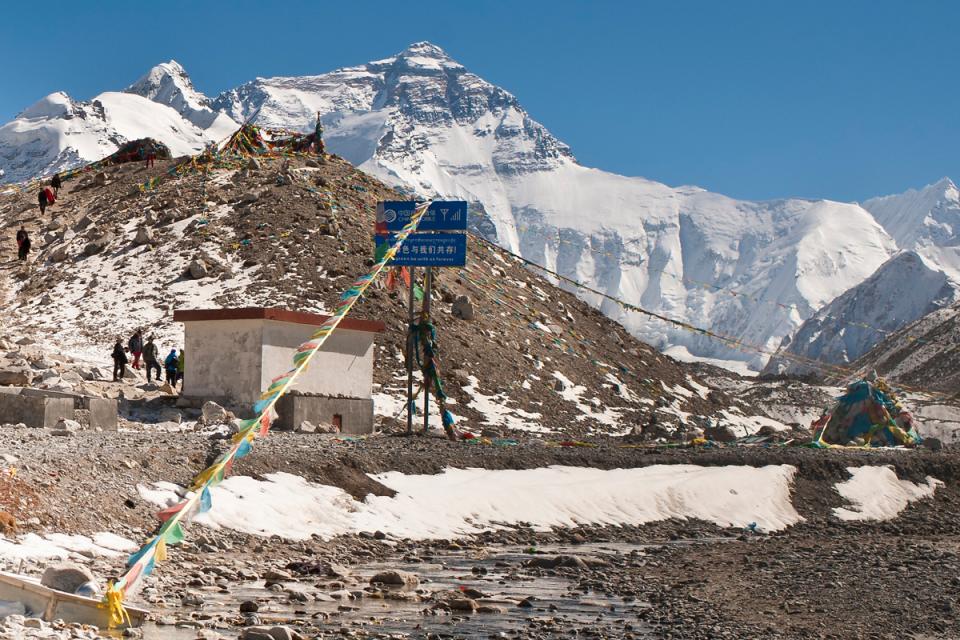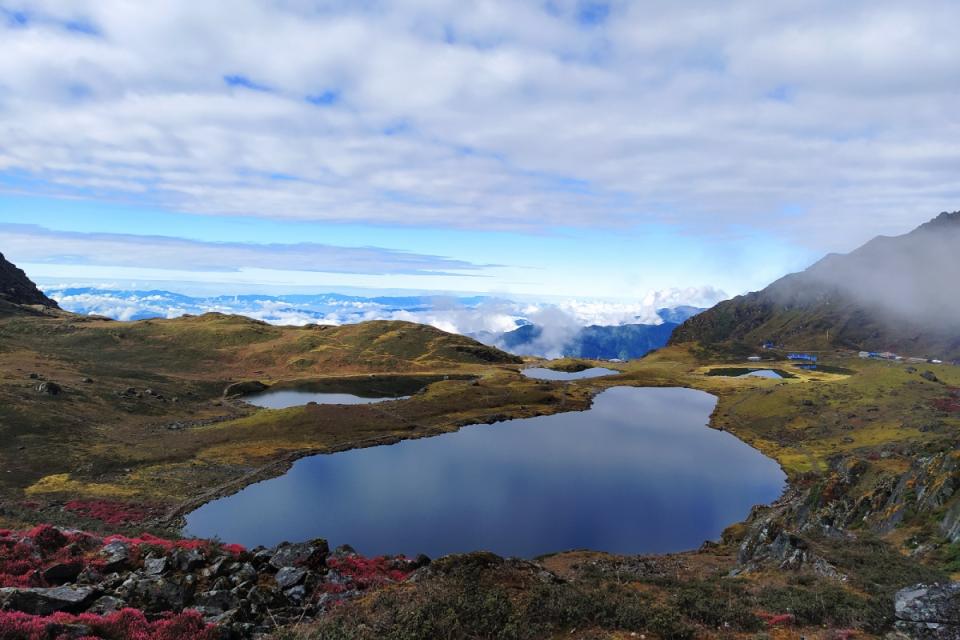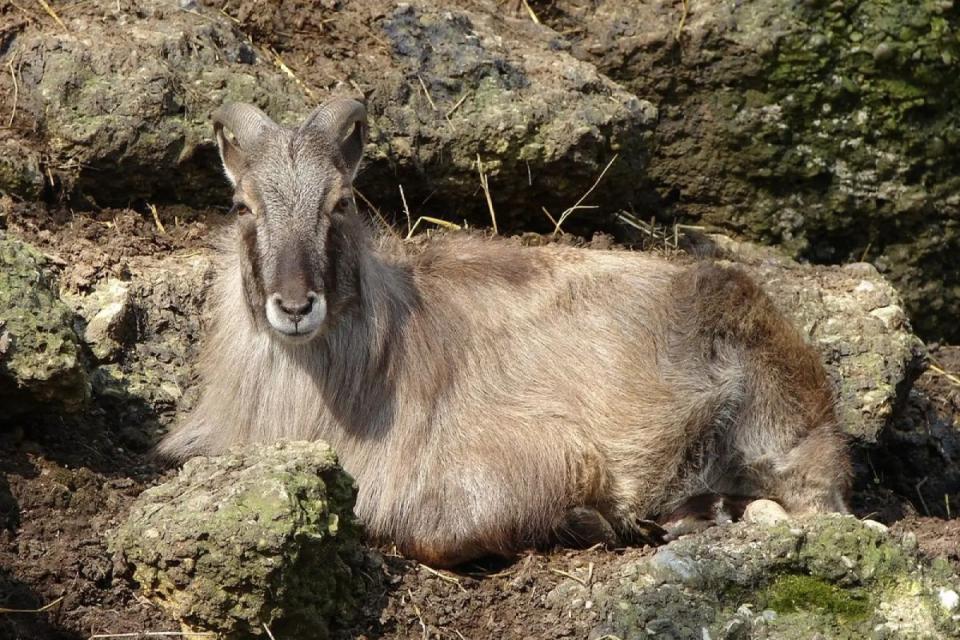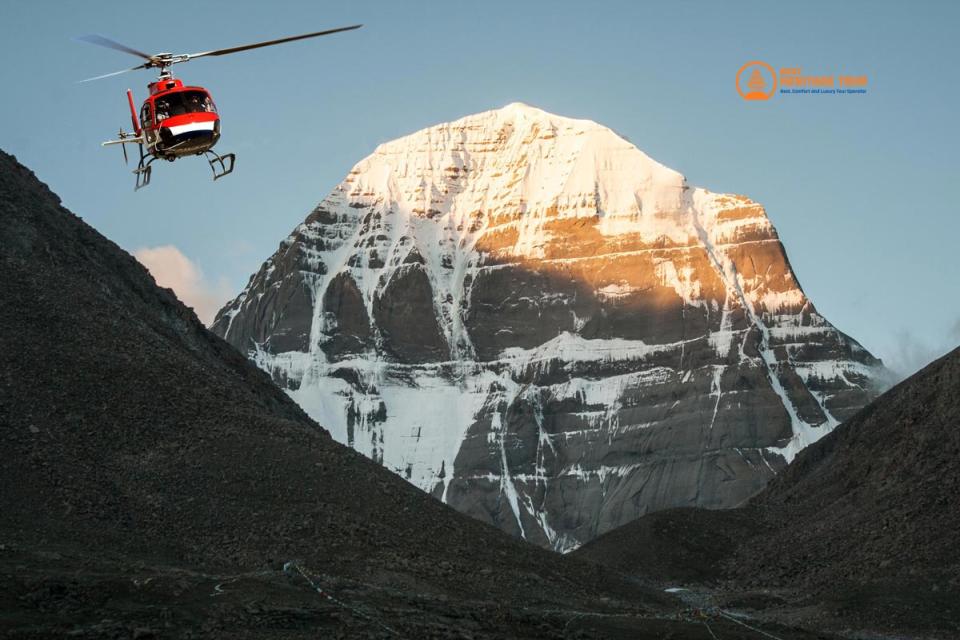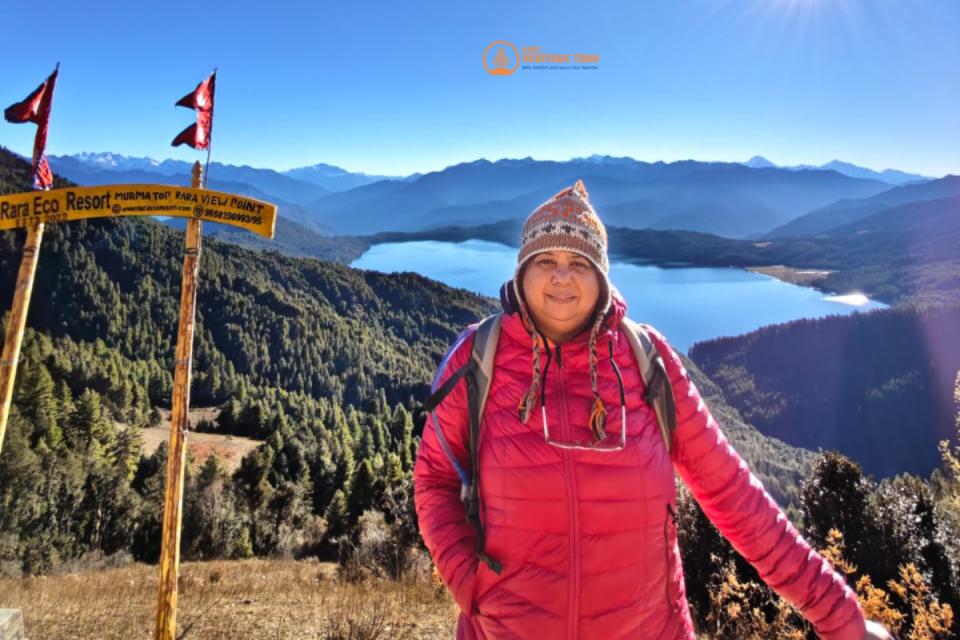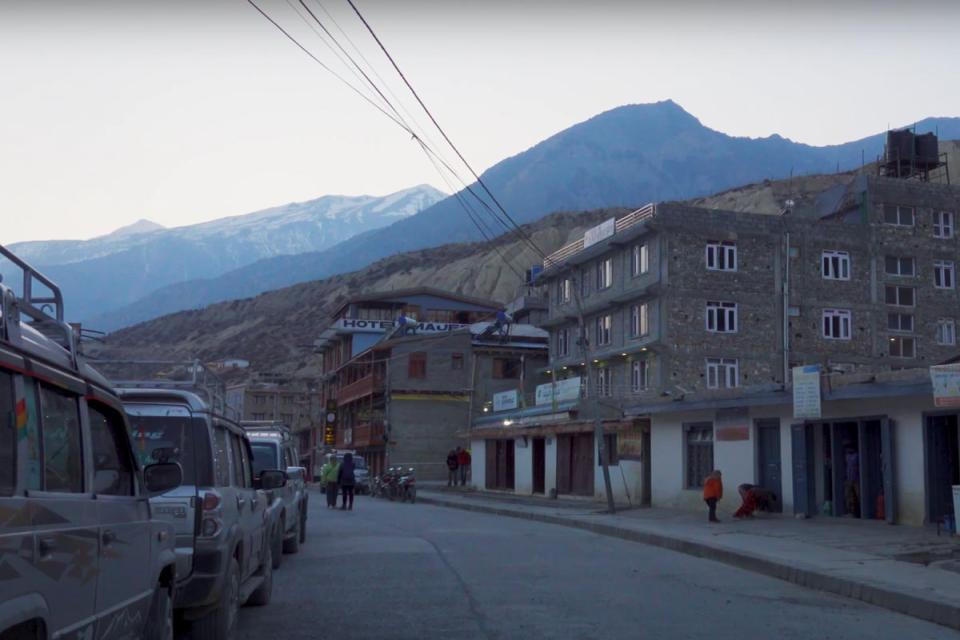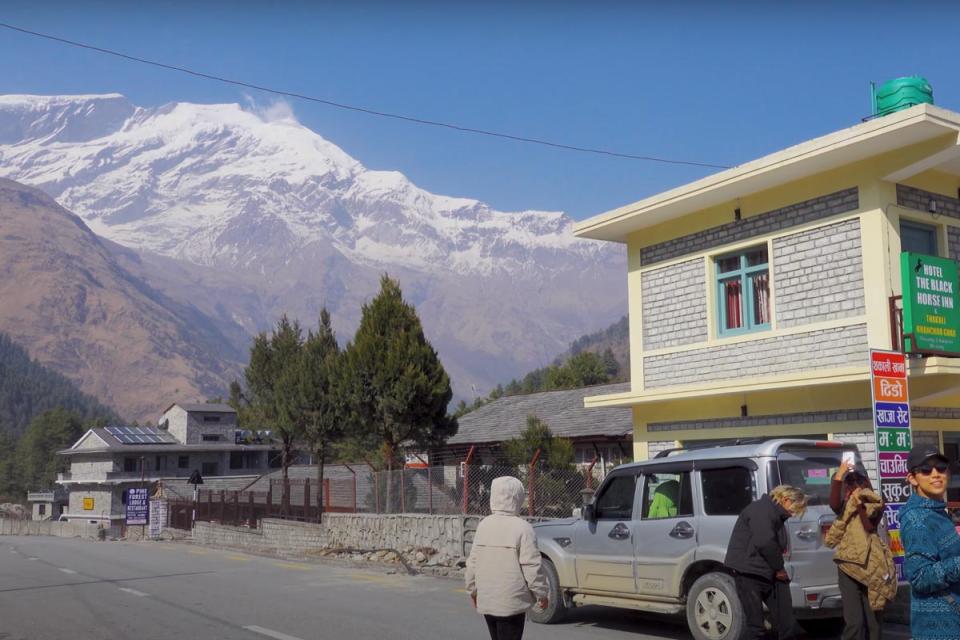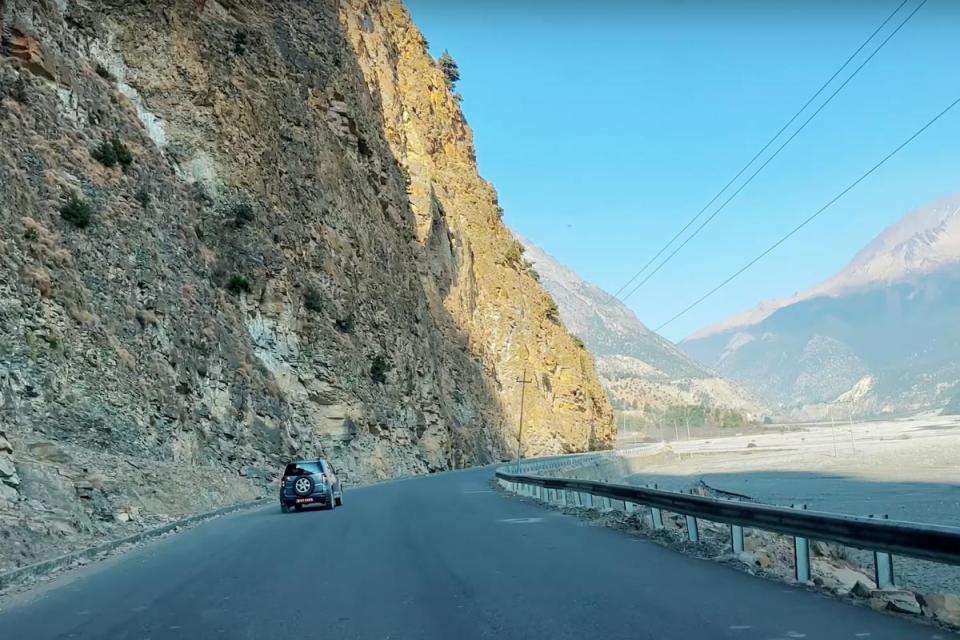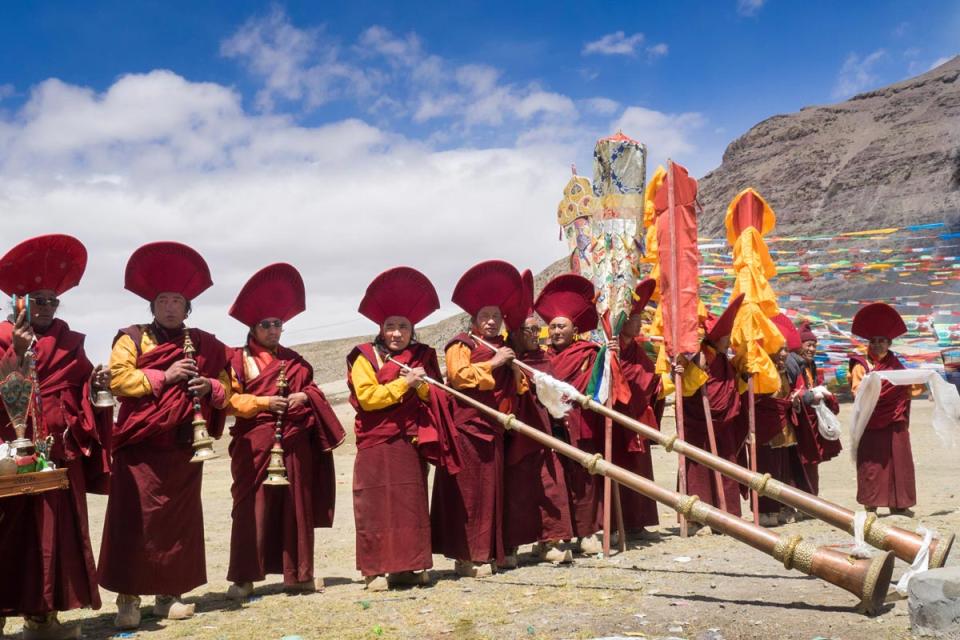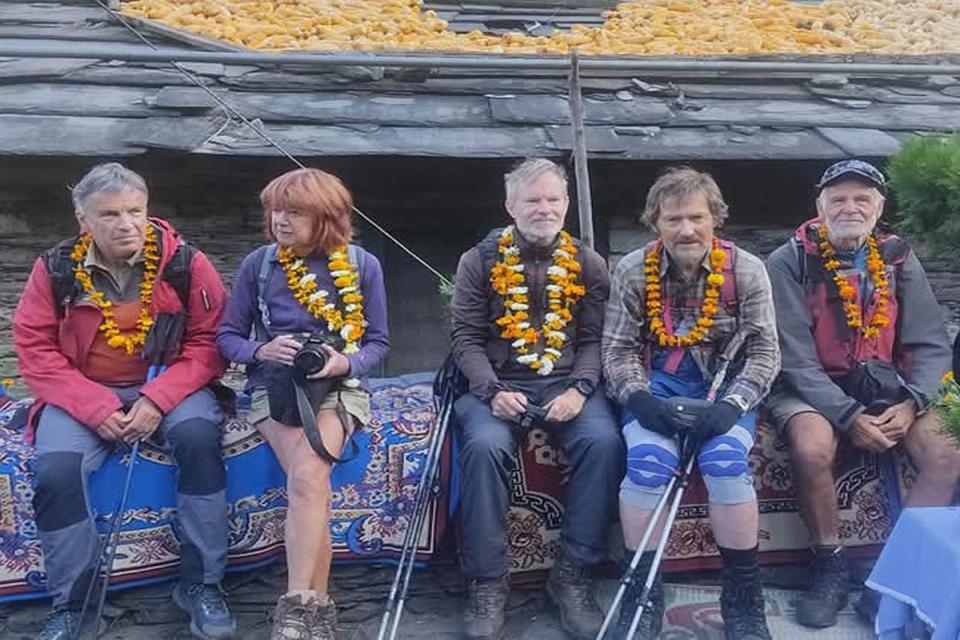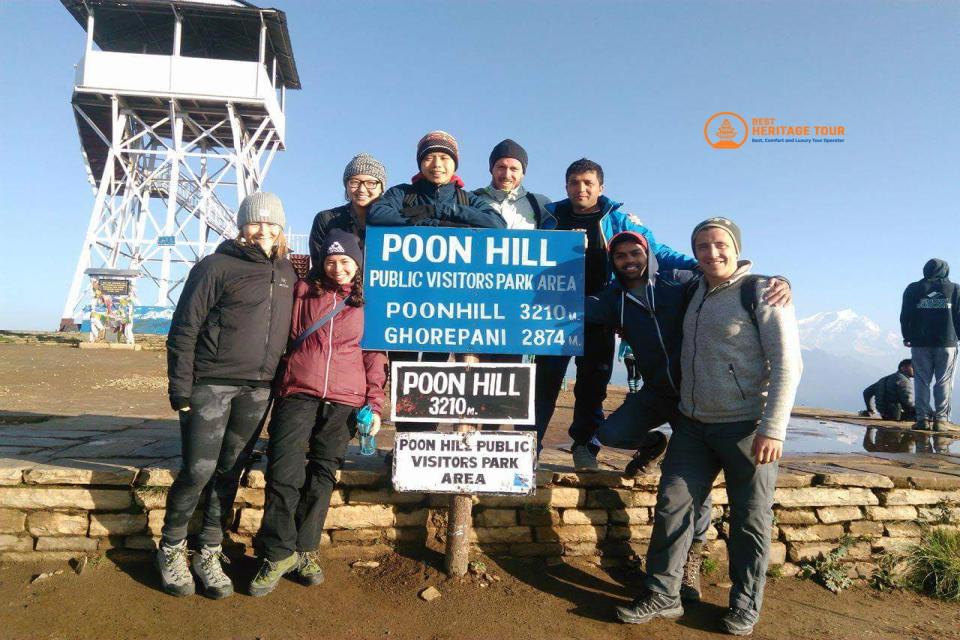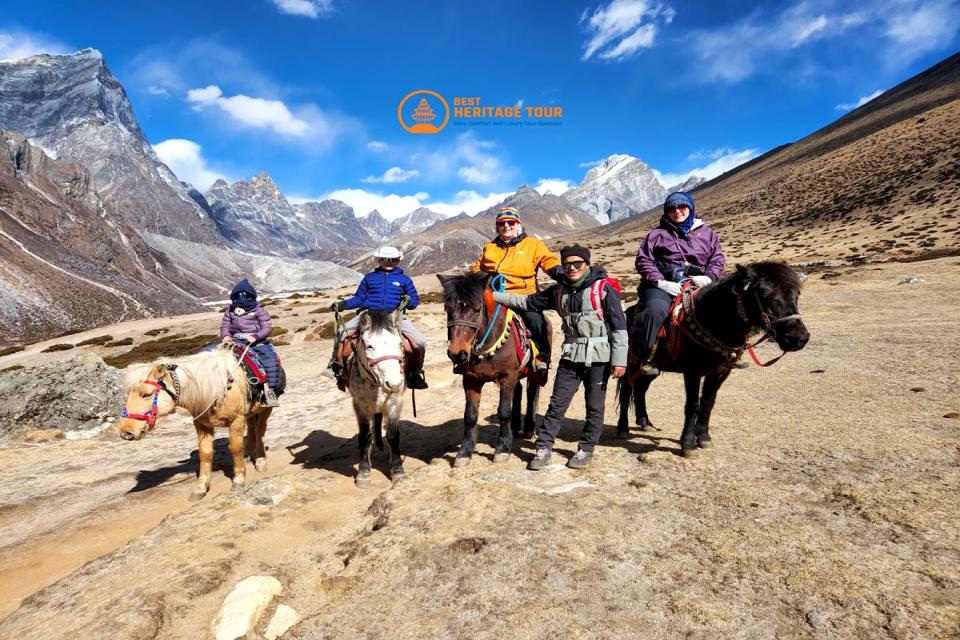Trekking in Nepal is an unforgettable adventure, with breathtaking landscapes and high-altitude trails. However, trekking at high elevations also comes with the risk of Altitude Sickness (Acute Mountain Sickness - AMS). Understanding its symptoms, causes, and preventive measures is crucial to ensuring a safe and enjoyable trekking experience in Nepal.
What is Altitude Sickness?
Altitude sickness occurs when your body fails to adapt to lower oxygen levels at high elevations. It typically starts above 2,500 meters (8,200 feet) and can become severe if not managed properly.
Common Symptoms of Altitude Sickness
Mild Symptoms:
- Headache
- Dizziness or lightheadedness
- Nausea or vomiting
- Fatigue and weakness
- Loss of appetite
- Difficulty sleeping
Moderate to Severe Symptoms:
- Increased shortness of breath
- Severe headache unrelieved by medication
- Difficulty walking (loss of coordination)
- Persistent vomiting
- Confusion or disorientation
- Hallucinations
- Coughing with frothy or bloody sputum (a sign of HAPE – High Altitude Pulmonary Edema)
- Bluish skin or lips (a sign of HACE - High Altitude Cerebral Edema)
Note: If symptoms become severe, immediate descent is necessary to avoid life-threatening complications.
How to Prevent Altitude Sickness?
To reduce the risk of altitude sickness while trekking in Nepal, follow these essential tips:
1. Gradual Acclimatization
-
Follow the golden rule: Climb high, sleep low.
-
Avoid ascending more than 500 meters (1,640 feet) per day above 3,000 meters.
-
Take rest days every 3-4 days to allow your body to adjust.
2. Stay Hydrated
-
Drink 3-4 liters of water daily.
-
Avoid alcohol, caffeine, and smoking as they contribute to dehydration and worsen symptoms.
3. Eat a High-Carb Diet
-
Carbohydrates help improve oxygen utilization at high altitudes.
-
Eat energy-rich foods such as rice, pasta, potatoes, and whole grains.
4. Medication (Preventive & Treatment Options)
-
Acetazolamide (Diamox): Helps in acclimatization and reduces symptoms.
-
Ibuprofen/Paracetamol: For headache relief.
-
Dexamethasone: Used for severe altitude sickness but should be taken under medical supervision.
5. Pace Yourself & Avoid Overexertion
-
Walk at a steady pace and avoid pushing yourself too hard.
-
Listen to your body- if symptoms appear, rest or descend.
6. Use Supplemental Oxygen If Necessary
-
Some high-altitude lodges provide oxygen cylinders for emergencies.
-
Portable oxygen tanks can be carried for extra precaution.
7. Know When to Descend
-
If symptoms worsen or do not improve with rest and medication, descend immediately.
-
Severe cases (HAPE or HACE) require emergency evacuation.
High-Risk Trekking Routes in Nepal
Altitude sickness is more common in treks that reach high elevations quickly. Be cautious on these popular high-altitude treks:
- Everest Base Camp Trek (5,364m / 17,598ft)
- Annapurna Circuit Trek (5,416m / 17,769ft - Thorung La Pass)
- Manaslu Circuit Trek (5,160m / 16,929ft - Larke Pass)
- Langtang Valley Trek (4,984m / 16,349ft - Tserko Ri)
- Upper Mustang Trek (3,840m / 12,598ft)
Conclusion
Altitude sickness is a real concern for trekkers in Nepal, but with the right precautions, it can be managed and prevented. Always prioritize acclimatization, hydration, and slow ascent to ensure a safe and enjoyable trekking experience.
For a well-organized and safe trekking experience, consider booking your trek with Best Heritage Tour. Our expert guides ensure proper acclimatization, safety measures, and emergency support, giving you peace of mind on your Himalayan adventure!
Contact Best Heritage Tour Company
Visit Best Heritage Tour Pvt.Ltd. official website to gather information about BHT services.
Look for contact details:
Phone number/Viber /What’s App: +9779851149197 / +9779810043046
Email: bestheritagetour@gmail.com/ info@bestheritagetour.com to get in touch with them directly.
Author: Best Heritage Tour
Date: 3rd April, 2025

